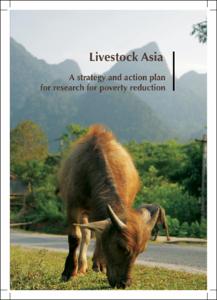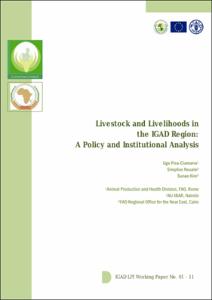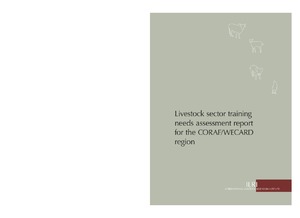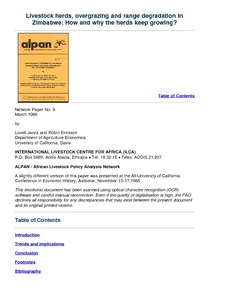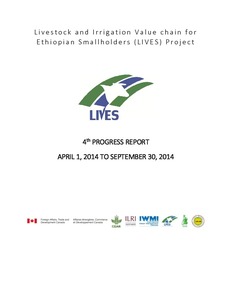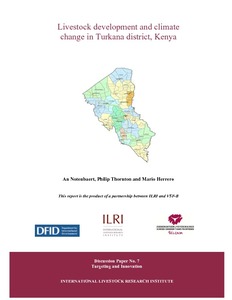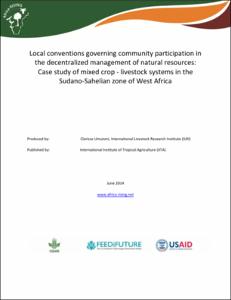Livestock production in tsetse affected areas of Africa. Proceedings of a meeting
Presents papers dealing with various aspects of livestock production in tsetse affected areas of Africa, particular tsetse challenge, trypanosomiasis epidemiology, trypanotolerance, biological productivity, chemotherapy, economics, and genetics of trypanotolerance.


